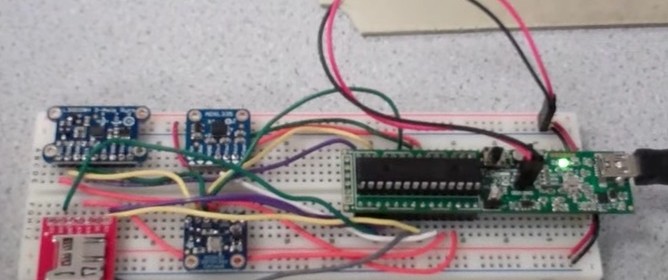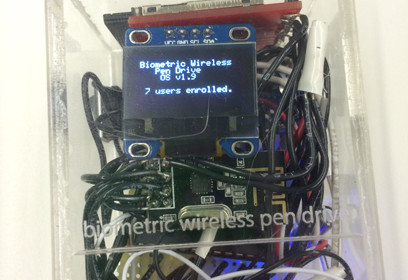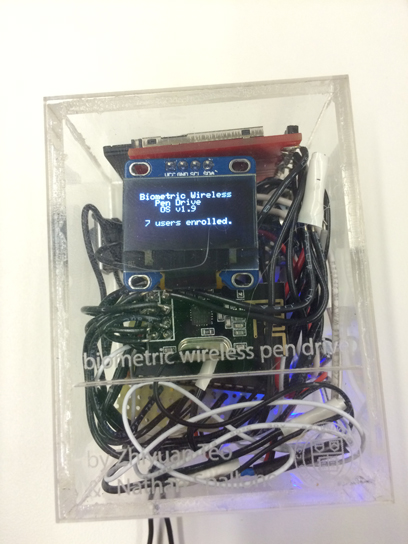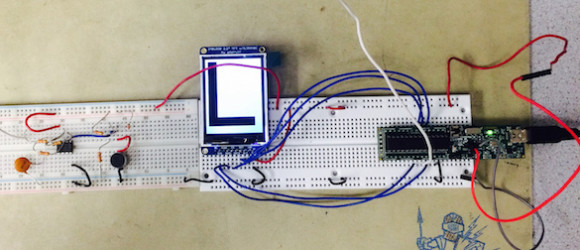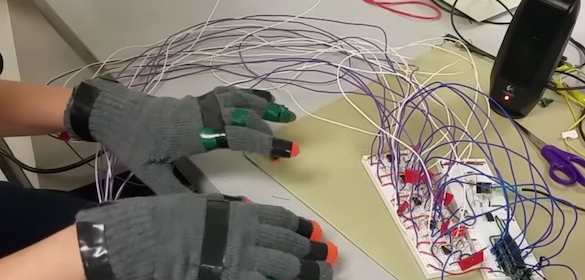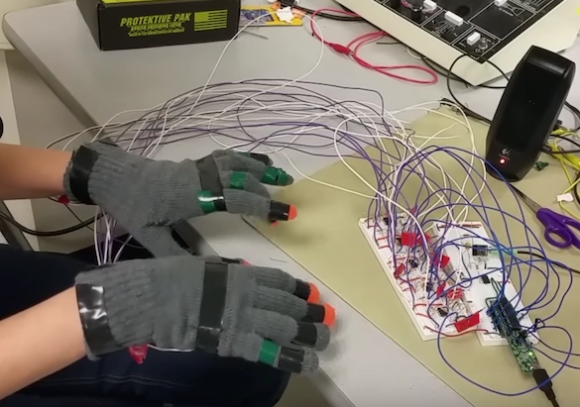Matthew Magaldi and Aidan Angus are both winter sport enthusiasts who love skiing. They designed a PIC32-based data logger system that captures their skiing experience on a SD card and also wrote a Python script for post-processing and visualization of their skiing behavior. The data logger receives data from multiple sensors, including an accelerometer, a gyroscope, and a temperature/pressure sensors.
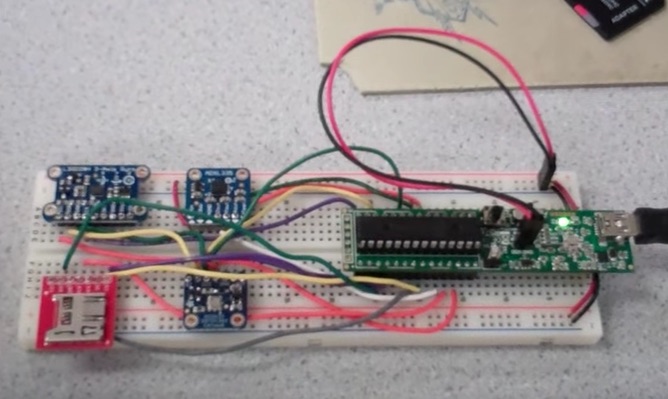
Ski data logger
There were several tradeoffs for the hardware and software used in the project. First, in software, because we were limited to using a single core processor in the PIC32, we were limited in the synchronization of our data. The protothreads that we used to implement our data logging and collection are not actually multi-threaded so data collection for the accelerometer occurred at a different time than data collection from the gyroscope. This made it very difficult to accurately compensate for gravity and led us to estimate by linear interpolation the time synchronization of these data sets. Additionally, we wanted data collection to occur as fast as possible for certain functions like the accelerometer and gyroscope because we knew that this data would be changing at a much faster rate than data from the pressure and temperature sensor. Thus, we updated the temperature, pressure, and altitude data about every second whereas the gyro and accelerometer were calculated about ten times per second.
For hardware, we tried to minimize the complexity of our peripherals. We decided to use SPI or Serial Peripheral Interface in order to communicate with the gyro, pressure sensor, and SD Card. This enabled us to use the same clock (SCK2) and data lines (SDI/SDO) for calculating the pressure and gyroscope values. Additionally, we would have liked to put all of our sensors and PIC32 on a solderboard in order to make a compact device and then have some sort of case over the circuitry and sensors to protect them from getting wet or snowed on while skiing. However, due to time constraints, this package was left out. In the end, we believe that this would be necessary if this were to become a fully- functioning device that had applications in cold, harsh environments.


